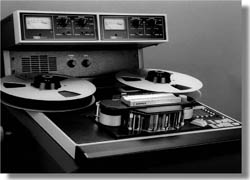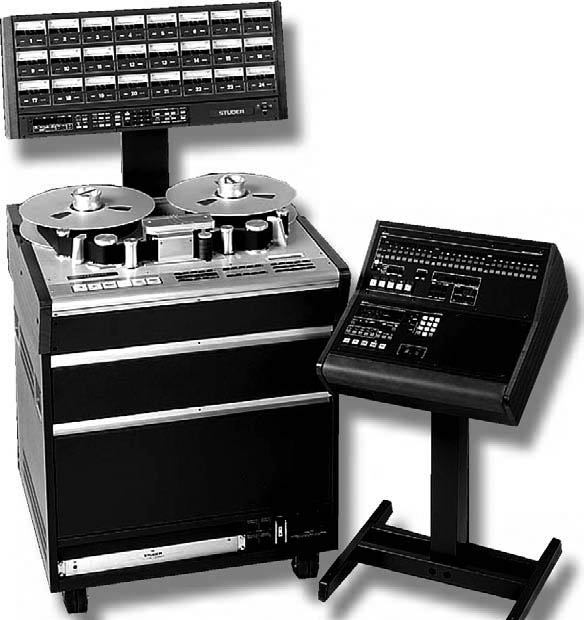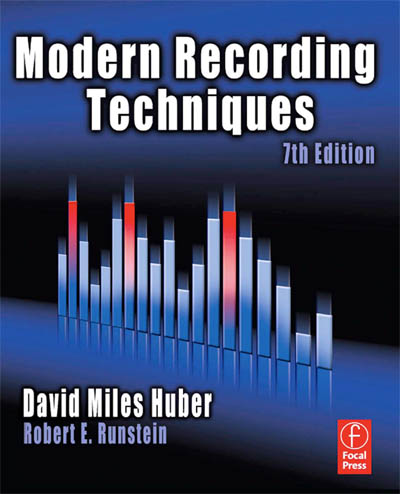
The Edit button (which can be found on certain proffessional machines) often has two operating modes: stop-edit and dump-edit.
If the Edit button is pressed while the transport is in the stop mode, the left and right tape reel brakes are released and the tape sensor is bypassed.
This makes it possible for the tape to be manually rocked back and forth until the edit point is found.
Often, if the Edit button is pressed while in the play mode, the take-up turntable is disengaged and the tape sensor is bypassed.
This allows unwanted sections of tape to be spooled off the machine (and into the trash can) while listening to the material as it’s being dumped during playback.

A safety switch, which is incorporated into all professional transports, initiates the stop mode when it senses the absence of tape along its guide path; thus, the recorder stops automatically at the end of a reel or should the tape accidentally break.
This switch can be built into the tape-tension sensor, or it might exist in the form of a light beam that’s interrupted when tape is present.
Most professional ATRs are equipped with automatic tape counters that accurately read out time in hours, minutes, seconds and sometimes frames (00:00:00:00).
Many of these recorders have digital readout displays that double as tape-speed indicators when in the “varispeed” mode.
This function incorporates a control that lets you vary the tape speed from fixed industry standards.
On many tape transports, this control can be continuously varied over a ±20% range from the 7 1 2 , 15 or 30 ips (inches per second) standard.
Stay tuned for the next part of the series where we’ll discuss cleaning, alignment, archiving, and equalazation.
This article is the first part in a series on the analog tape recorder, excerpted from Huber & Runstein’s book Modern Recording Techniques, Seventh Edition For the second half, click here.


